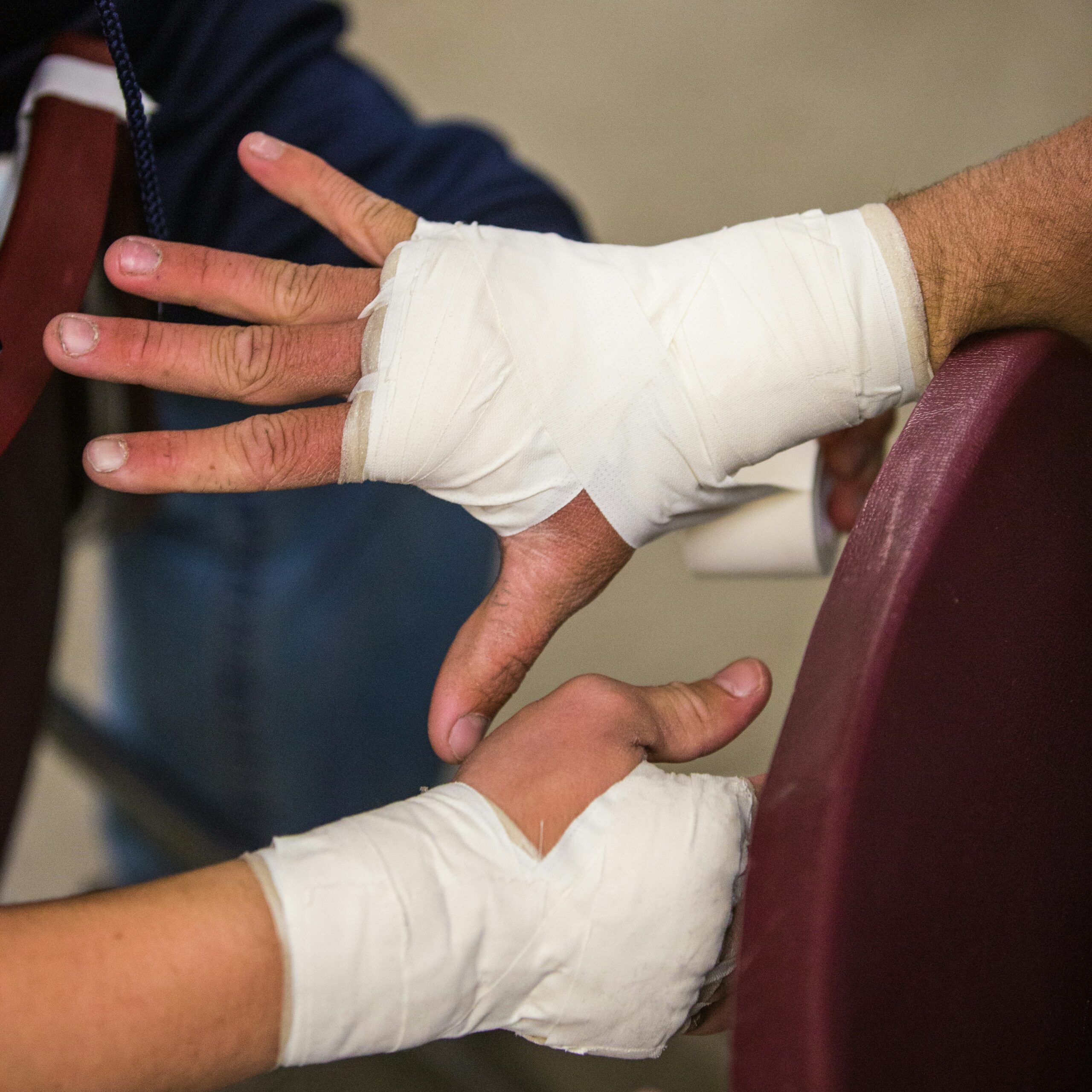
A personal injury case is a legal dispute that arises when an individual suffers harm due to another party’s negligence or wrongful actions. Whether the damage is physical, emotional, or financial, a personal injury claim seeks to compensate the injured party for their losses. These cases are common in civil law and often involve accidents, product defects, medical malpractice, or intentional harm.
Personal injury law, also known as tort law, ensures that victims receive compensation for their injuries and damages. The injured party, called the plaintiff, files a lawsuit against the responsible party, referred to as the defendant. To win the case, the plaintiff must prove that the defendant’s actions were directly responsible for their injuries. This process can be complicated, involving legal, medical, and financial evidence. Understanding the components of a personal injury case is essential for anyone who might find themselves involved in one.
How a Personal Injury Case Begins
A personal injury case typically begins when the injured party, or plaintiff, realizes that they have suffered harm due to someone else’s actions. The first step is usually to seek medical treatment for the injury, which serves as substantial evidence for the case. After receiving medical care, the next step is for the plaintiff to consult with an attorney specializing in personal injury law. An experienced lawyer can help determine the case has merit and guide the plaintiff through the legal process.
Once the plaintiff decides to pursue a claim, the lawyer will gather evidence to support their case. This may involve interviewing witnesses, obtaining medical records, and gathering police reports if the case involves an accident. In some cases, attorneys may call expert witnesses to testify about the extent of the injury or the defendant’s negligence. This stage aims to establish that the defendant’s actions directly caused harm to the plaintiff and that the plaintiff deserves compensation for their injuries.
Negotiation and Settlement
After gathering the evidence, many parties settle personal injury cases out of court. This is often the preferred route because it can save both parties time and money and reduce the uncertainty of a trial. The plaintiff’s lawyer will typically negotiate with the defendant’s legal team or insurance company for a fair settlement. IIf the parties reach a settlement, they will close the case, and the plaintiff will receive compensation according to the terms of the agreement.
It is important to note that even if the parties reach a settlement, they should carefully consider the terms before accepting any offer. In many cases, insurance companies or defendants initially offer a settlement lower than the plaintiff is entitled to. This is why having a skilled attorney is crucial, as they can help ensure that the settlement amount reflects the actual value of the plaintiff’s damages, including medical bills, lost wages, pain, and suffering. Settlements can provide a quicker resolution, but they require careful evaluation to ensure they adequately cover all of the plaintiff’s losses.
Filing a Lawsuit and Going to Court
When the parties cannot reach a fair settlement, the next step in a personal injury case is filing a lawsuit. This involves the plaintiff formally submitting a complaint to the court, outlining the details of the case and the damages sought. Once the plaintiff files the lawsuit, the defendant has a set period to respond. This marks the beginning of a formal legal battle, where both sides will present their arguments, evidence, and witnesses before the court.
Going to trial is often the final step in a personal injury case, though it is relatively rare. The parties settle most cases before reaching this stage. However, if the case proceeds to trial, the plaintiff and the defendant will have the opportunity to present their sides to a judge or jury. The court will then decide on liability and damages. If the plaintiff wins the case, they will receive compensation for their injuries, including medical expenses, lost income, and damages for pain and suffering. Going to court adds time and complexity to the case, but for some plaintiffs, it may be the only way to secure the compensation they deserve.
The Importance of Timely Action in Personal Injury Cases
Timing is a crucial aspect of any personal injury case. Every state has a statute of limitations for when a plaintiff can file a lawsuit after an injury occurs. In most personal injury cases, the statute of limitations is between one and three years, depending on the type of claim and the jurisdiction. If the plaintiff does not file their case within the designated time frame, they may lose the right to seek compensation.
Taking timely action in a personal injury case is crucial for meeting legal deadlines and preserving evidence. Witnesses may sometimes forget details and physical evidence may deteriorate over time. By initiating the legal process as soon as possible, the plaintiff can help ensure they have the best chance of proving their case and securing the compensation they deserve. Additionally, acting quickly allows the injured party to focus on their recovery without the burden of prolonged legal uncertainty.
A personal injury case is a legal process that helps individuals seek compensation when they suffer harm due to the negligence or wrongful actions of others. These cases can involve a range of injuries, from physical damage to emotional distress, and may result from accidents, defective products, medical malpractice, or intentional acts. It is essential for anyone who has been injured and is considering seeking legal recourse to understand how a personal injury case works. Whether through negotiation, settlement, or trial, the goal of a personal injury case is to ensure that victims receive the compensation they deserve for their losses. By acting promptly and working with experienced legal professionals, individuals can navigate the complexities of the legal system and move toward a resolution that supports their recovery.